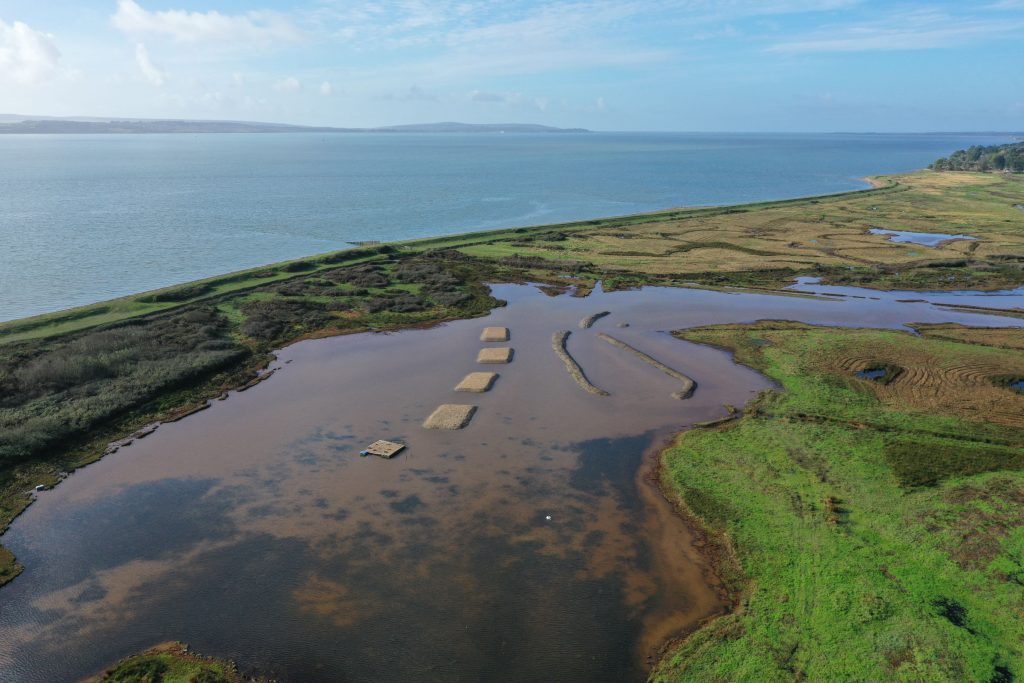As part of the Solent Seascape Project, our partner, Natural England, has launched an innovative habitat restoration project to help seabirds across the Solent.
They’ve created six shingle islands across two waterbodies in the North Solent National Nature Reserve (NNR) which will provide safe spaces for seabirds to nest.

The project aims to provide suitable nesting sites for four species of terns: common, sandwich, little, and roseate, as well as other breeding seabirds. It follows a successful trial with a single shingle-topped raft in April 2024 which saw common terns breed for the first time in over two decades at the North Solent NNR.
The new habitats are expected to benefit both breeding seabirds in spring and summer, as well as provide overwintering wading birds, such as black-tailed godwits, dunlin and oystercatchers, a safe place to rest and recover after their long migration.
Jessica Taylor, Marine and Coastal Senior Officer at Natural England, said: “This project represents a significant step in our efforts to support the recovery of seabird populations in the Solent. By creating these protected nesting sites, we’re addressing the decline in suitable natural shingle habitats caused by factors such as sea level rise and increasing tidal surges.”
The North Solent NNR, one of Natural England’s largest nature reserves, provides a crucial sanctuary for a diverse range of bird species. The new shingle islands are located behind a sea wall with restricted access, which will offer protection from the dangers of rising sea levels and human disturbance.

Louise MacCallum, Solent project manager at Blue Marine Foundation, said: “It is so exciting to see these new islands take shape at North Solent NNR after so many months of planning. They will form a crucial part of the network of restored seabird sites we are creating as part of the Solent Seascape Project across the entire Solent region.”
Staff and volunteers will now monitor the islands to see how they are being used by birds throughout the year, and, if successful, there is potential to create more nesting islands on North Solent NNR as part of the Solent Seascape Project.




